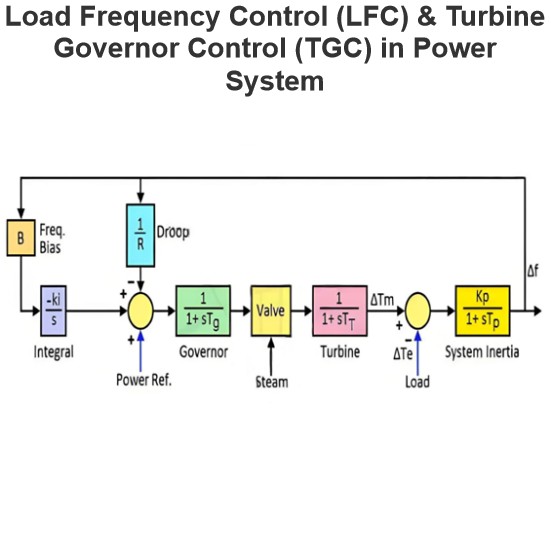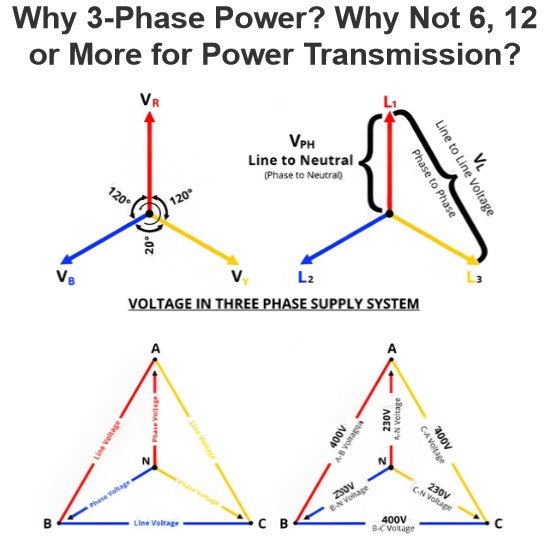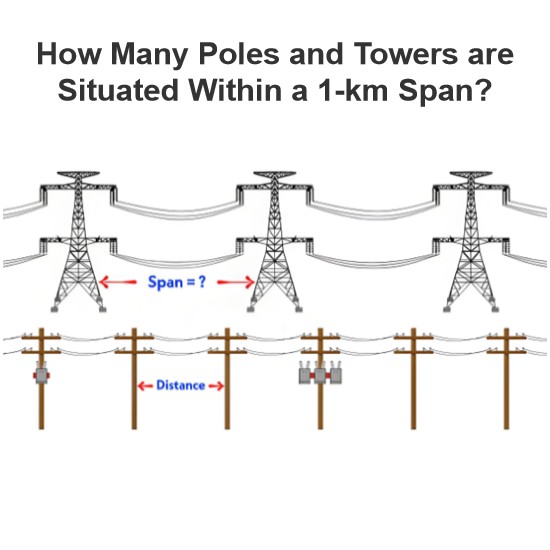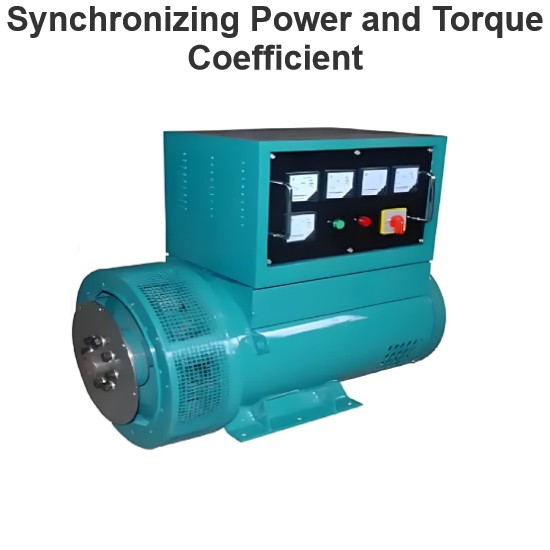Reluctance Torque
Reluctance torque, also known as alignment torque, is a phenomenon experienced by ferromagnetic objects when placed within an external magnetic field. This torque acts to align the ferromagnetic object with the direction of the external magnetic field. When exposed to an external magnetic field, the ferromagnetic object generates an internal magnetic field in response. The interaction between this induced internal magnetic field and the external magnetic field gives rise to reluctance torque, compelling the object to reorient itself until it is optimally aligned with the external magnetic field lines. This alignment occurs as the system seeks to minimize the magnetic reluctance, which is a measure of the opposition to the establishment of a magnetic flux within the object.
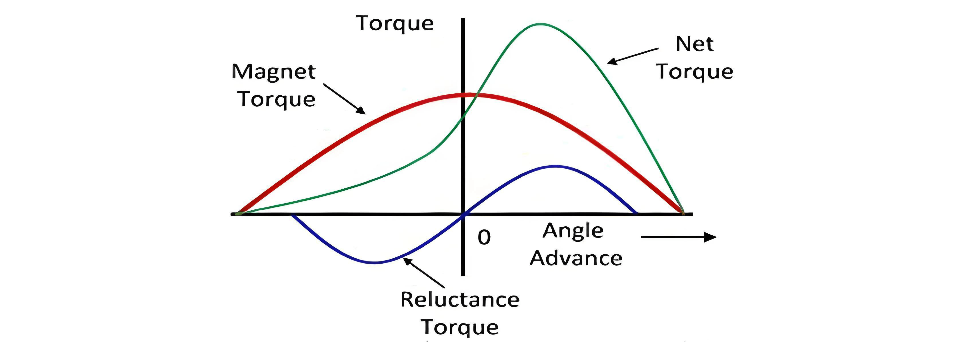
The torque arises from the interaction between the two magnetic fields, causing the object to twist around an axis aligned with the magnetic field direction. This torque acts upon the object, compelling it to reposition itself in a way that minimizes the magnetic reluctance, thereby facilitating the smoothest possible path for the magnetic flux to flow.
This torque is also referred to as saliency torque, as its generation is directly attributed to the saliency characteristics of the machine. Saliency, which refers to the geometric and magnetic asymmetry within the machine, creates variations in magnetic reluctance that drive the production of this torque.
Reluctance motors rely fundamentally on reluctance torque for their operation. The motor's functionality hinges on the continuous interaction and realignment of magnetic fields, enabled by this torque, to produce rotational motion. The magnitude of the reluctance torque can be calculated using a specific formula, which takes into account various parameters such as the magnetic field strengths, machine geometry, and material properties, providing a quantitative measure crucial for the design, analysis, and optimization of reluctance - based electrical machines.

In the context of reluctance torque calculations, the following notations are used:
Trel represents the average value of the reluctance torque.
V denotes the applied voltage, which plays a crucial role in energizing the motor and influencing the magnetic field interactions.
f stands for the line frequency, determining the rate at which the magnetic fields change and thus impacting the torque generation process.
δrel is the torque angle, measured in electrical degrees. This angle indicates the phase difference between the stator and rotor magnetic fields and is a key factor in calculating the magnitude of the reluctance torque.
K is the motor constant, a parameter specific to the motor that encapsulates various design - related characteristics, such as the magnetic circuit geometry and material properties.
Reluctance torque is predominantly generated within reluctance motors. The fundamental principle behind its production in these motors lies in the variation of magnetic reluctance. As the rotor moves within the magnetic field of the stator, changes in the air - gap length and magnetic path geometry cause fluctuations in reluctance. These variations, in turn, give rise to the reluctance torque, which drives the motor's rotation.
The stability limit of reluctance motors, in relation to the torque angle, typically ranges from +δ/4to -δ/4. Operating within this angular range ensures the motor maintains stable operation, avoiding issues such as stalling or erratic behavior.
In terms of construction, the stator of a reluctance motor closely resembles that of a single - phase induction motor, featuring windings designed to create a rotating magnetic field. The rotor, on the other hand, is commonly of the squirrel - cage type. This simple yet effective rotor design, combined with the unique magnetic characteristics of the stator, enables the efficient generation and utilization of reluctance torque, making reluctance motors suitable for a variety of applications where cost - effectiveness and reliable operation are key requirements.
The Electricity Encyclopedia is dedicated to accelerating the dissemination and application of electricity knowledge and adding impetus to the development and innovation of the electricity industry.

